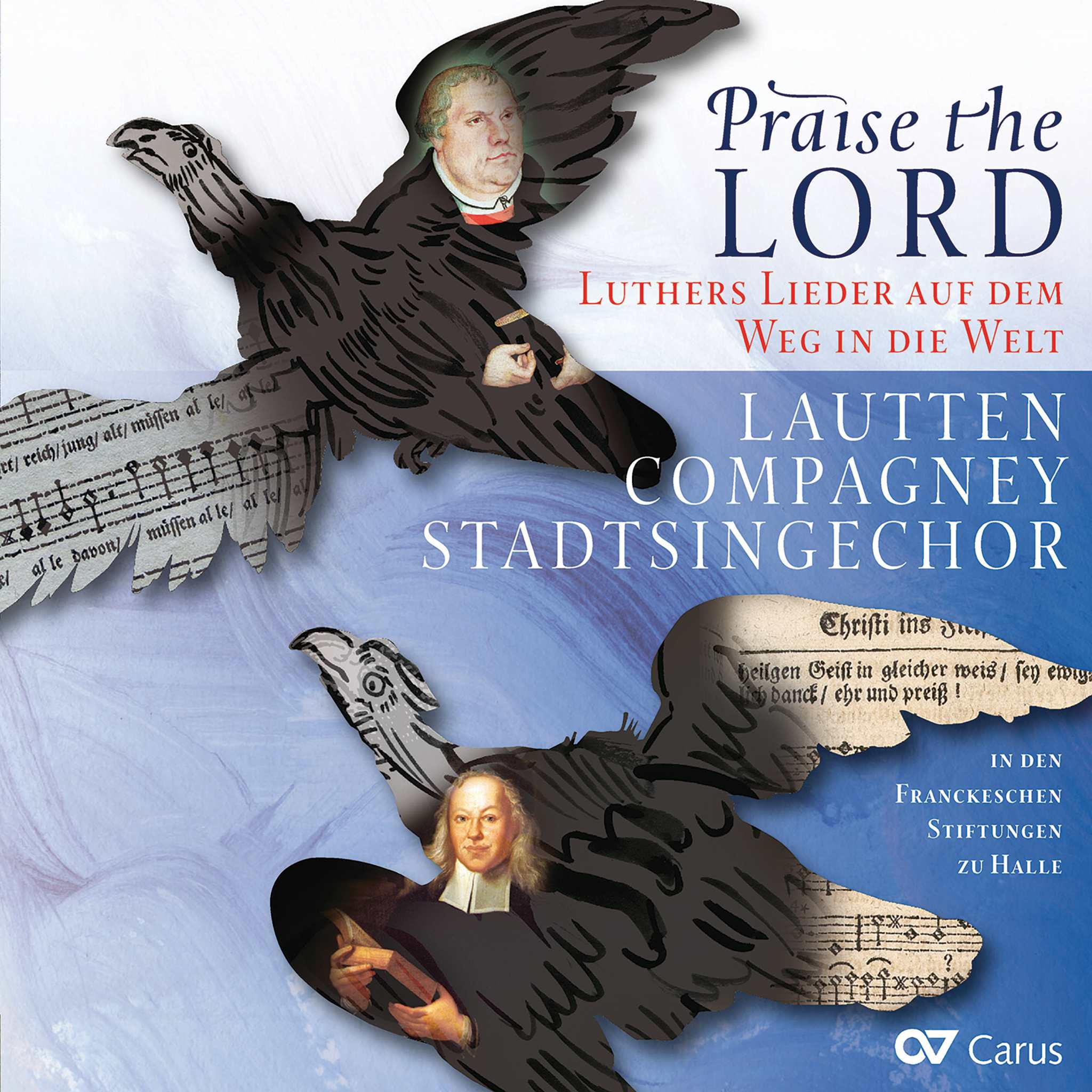Discovering Thomas Ravenscroft: A Journey Through 17th Century English Music
Thomas Ravenscroft (c. 1588–1635), a significant English composer, editor, and theorist, is best known for his pioneering work in the preservation and popularization of English social music during the early 17th century. This celebrated artist's vast range of rhythmic and melodious tunes will convey you to a different era.
Life and Musical Contribution
Ravenscroft sang as a chorister at St. Paul's Cathedral and later received a BMus. from Cambridge in 1605. Between 1618 and 1622, he taught music at Christ’s Hospital. Each piece uniquely represents a significant segment of his life, a true testament to the profound influence culture and society had on his music.
Fascinating Works and Lasting Influence
Ravenscroft’s most enduring legacy lies in his collections of rounds, catches, and popular songs. He compiled and published the largest surviving collections of English popular vocal music in three seminal books: Pammelia (1609), Deuteromelia (1609), and Melismata (1611). These books captured the vibrant “social music” of his time, reflecting both urban and rural life. They include rounds and catches—part-songs meant to be sung in social gatherings, taverns, and informal settings, making them accessible well beyond elite circles. Pieces like “Three Blind Mice” (first published in Deuteromelia) remain familiar centuries later. Ravenscroft’s editions preserved many folk melodies and communal songs, ensuring their transmission through generations.
Sacred and Theoretical Contributions
Beyond popular and secular music, Ravenscroft contributed to sacred music as well, notably publishing The Whole Booke of Psalmes in 1621. This psalter contained 105 harmonizations, with a significant number composed or arranged by Ravenscroft himself, and played an important role in English hymnody.
Why Ravenscroft Matters
Ravenscroft’s work marks an important moment in the history of English music—capturing how “the world wags” by showcasing the communal, participatory nature of social music in his era. His collections reveal what ordinary people sang and played, providing a snapshot of the social and cultural life of the time. The echoing harmonies and memorable melodies of Ravenscroft's music is as engaging today as it was in the 17th Century. Join us on a journey through time and explore his remarkable contribution to the evolution of English social music. Dive into the history and heritage encapsulated in every note and lyric by this extraordinary artist.


